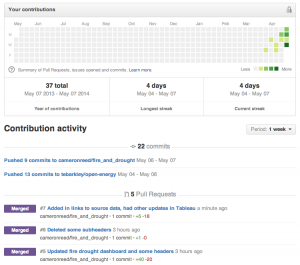When do feel accomplished at your job? It is incredibly, but the way in what we are measuring and rewarding success could be wrong. As we know, measuring individual achievements has been the standard for many companies for a long time, but Adam Grant says in his book that helping and teaching others in our job is not a time killer, but the key for professional success.
Grant recognizes that the results are not immediate nor evident in the short run, but he has discover that helping others can give you more benefits than working on 100% your own goals in the long run. the question is why?
Better relationships: the “givers”, can build deeper and wider connections with other people. They can build trust, networks and getting access to new ideas.
Better motivations: Grant explains that helping others enriches the meaning and purpose of our own life, showing us that our contributions matter and energizing us to work harder, longer and smarter.
Learning: Using different examples, Adam noticed that collaborating with others becomes naturally a learning experience. The givers need to create solutions to problems that they have not face yet and they learn more about different routines.
But we have to be careful when we apply the classical idea of giving in our daily life. In this blog post, he speaks about the three biggest myths about giving:
It is not about being “nice”. Being generous it is not about being nice, and people that thing that they always have to be nice in order to give, they fail to set boundaries, rarely say no and become doormats, letting others walk all over them
Giving is not about altruism. Successful givers secure their oxygen masks before coming to the assistance of others. Although their motives may be less purely altruistic, their actions prove more altruistic, because they give more.
Giving is not about refusing help from others. The clearest distinction between failed and successful givers is the willingness to seek and accept help. When people focus on giving, they often become fearful of asking. They don’t want to burden or inconvenience others—they want to be givers, not takers. Sadly, this leaves them suffering, because they lack the support of others.
——————–
Adam is an expert in organizational psychology, the youngest full time professor in Wharton, and a consultant for big companies like Pixar, Goldman Sachs, Facebook and others. He has centered his work in work motivation, prosocial giving and helping behaviors, and in his book, Give and Take, he proposes that helping is not an enemy for productivity, but the mother lode, the motivator that spurs increased productivity and creativity, as is described in the New York Times.
Sources:
http://www.nytimes.com/2013/03/31/magazine/is-giving-the-secret-to-getting-ahead.html?pagewanted=all&_r=1&
http://www.giveandtake.com/Home/AdamGrant
http://adammgrant.tumblr.com/post/80635914211/the-three-biggest-myths-about-giving-and-how-to-become
https://mgmt.wharton.upenn.edu/profile/1323/
http://www.theatlantic.com/health/archive/2014/03/how-to-succeed-professionally-by-helping-others/284429/

